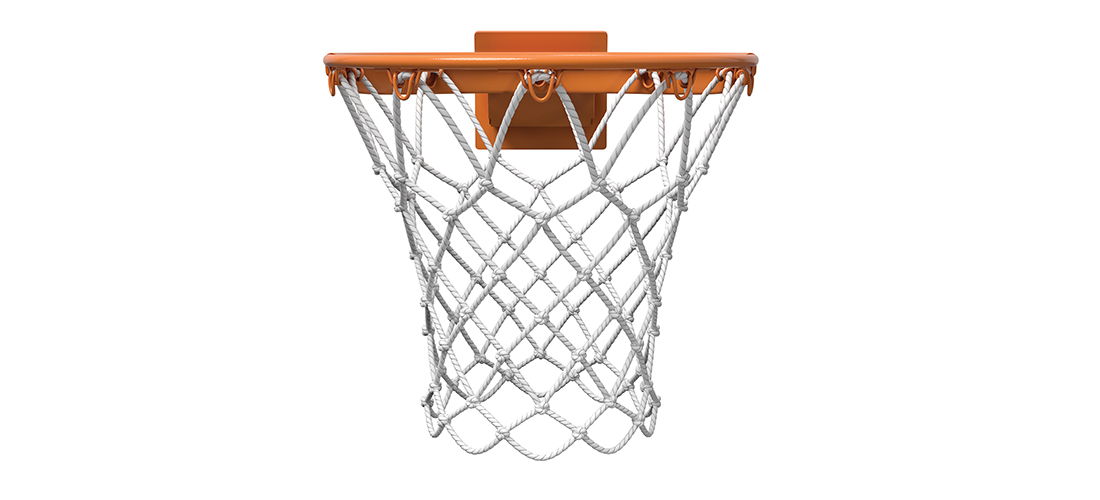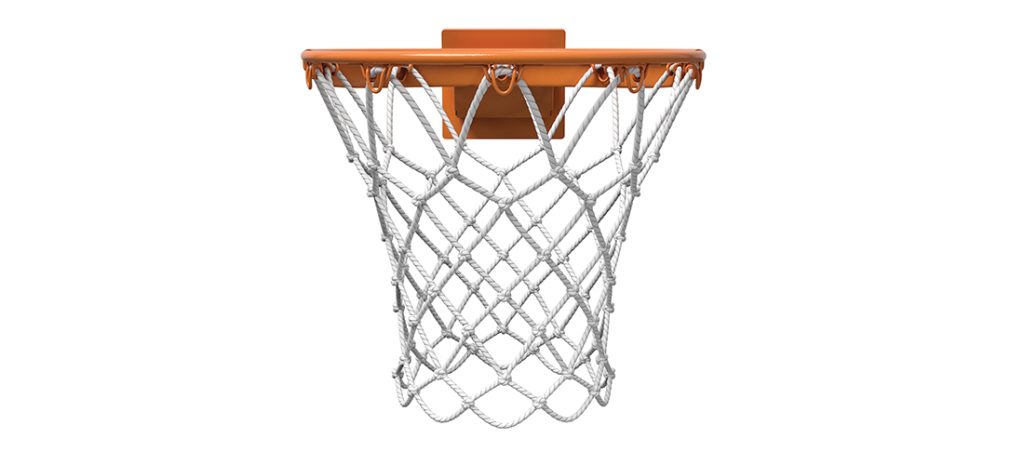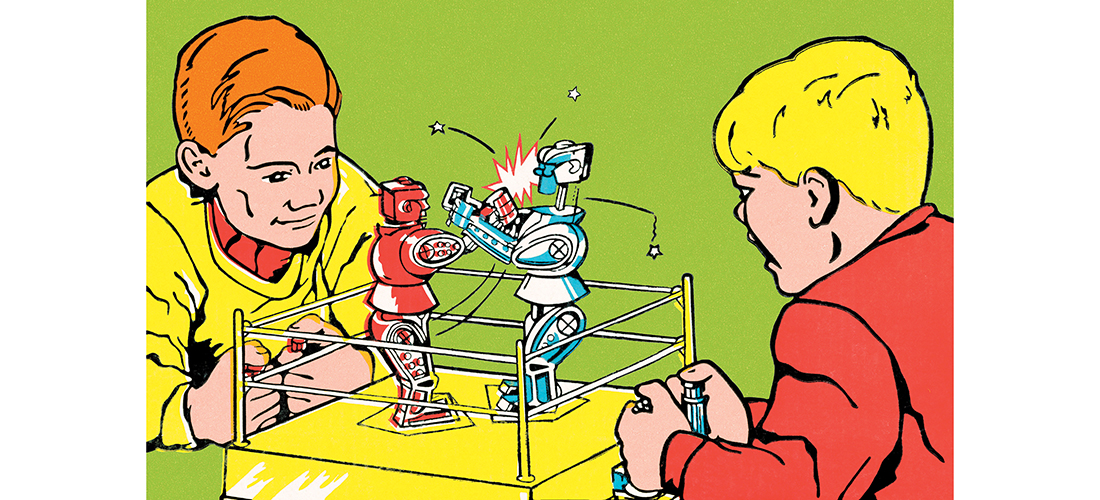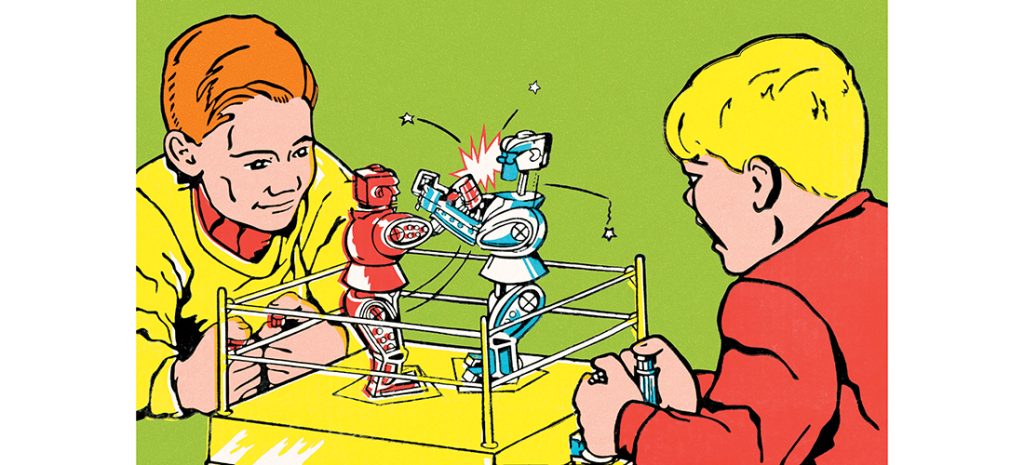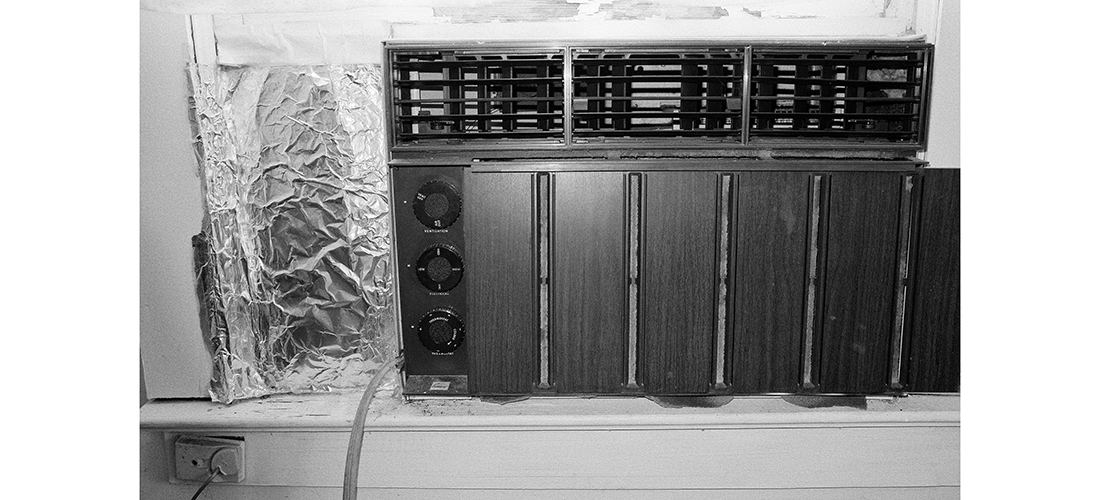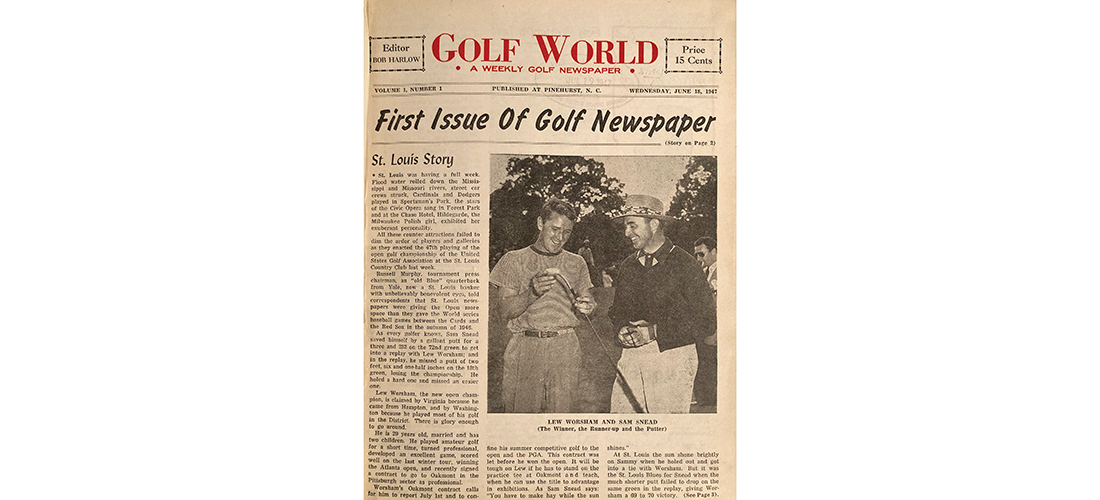In the Spirit
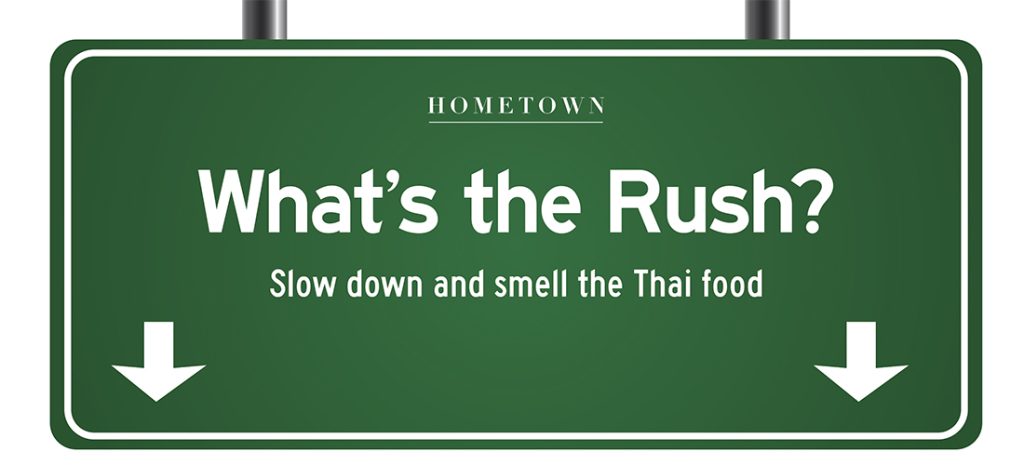
What’s the Rush?
Slow down and smell the Thai food
By Bill Fields
When I made late plans to travel south by car in January, I did something without hesitation for the first time. More than 35 years since the maiden drive I took along the Eastern Seaboard, I knew I was going to break up the 600-mile trip with an overnight stay going and coming. Thanks to a reservoir of hotel points, I booked a room north of Richmond on the way down and north of Baltimore on the way back — segments of roughly 400 and 200 miles in each direction.
It wasn’t a proud moment because it was an acknowledgement of the personal rather than automotive odometer, of the miles traveled since making a right turn on May Street in my Ford Escort in the fall of 1986, handwritten directions to New York City on the passenger seat. I’m sure I’ll make it in one shot again but also believe that Ashland, Virginia, and Middle River, Maryland, haven’t seen the last of me. (The tasty green curry at a Thai place a short walk from the hotel in the latter location will be a draw.)
I’ve made the drive dozens of times since that first journey north, once or twice a year, in the wake of celebration or sadness, for work and pleasure, alone and with a significant other. The early trips seem medieval. My tiny hatchback didn’t have air conditioning, and there had to be cash in the car for tolls. On the chaotic, traffic-choked approach to the George Washington Bridge during the summer heat, those two factors combined to make things fairly hellish — either sweat like a pig as you inched through the narrowing funnel of cars toward the toll-taker, or be cooler and breathe the fumes along the way.
Despite the predictable jams on Interstate 95, I’ve seldom chosen the longer, calmer, more scenic Interstate 81-U.S. Route 220 path. Perhaps I’m a glutton for punishment, but the longer, indirect, more inland trip has never been my preference. Being so groggy that I had to pull over for a few minutes near Asheboro on the home stretch once when I traveled that way might have influenced my thinking.
Going the usual way without an overnight stop, the drive from Connecticut (first Stamford, and for a long time, Fairfield) to Southern Pines or vice versa ranges from 11 to 13 hours: the fastest (9 hours, 15 minutes) and slowest (19 1/2 hours), each beginning at my customary 4 a.m. start time. I recall the first happening with extraordinarily light traffic, only a couple of quick stops and my having an unusual lead foot. The second was a nightmarish wintertime journey heading north, black ice on bridges forcing a lengthy pause before even getting into Virginia. The weather cleared until we reached southern New Jersey, where it began snowing heavily. With no hotel vacancies, we poked along in the near blizzard, stopping only to clear the ice-encrusted wipers, making it home well after midnight, as road weary as I’ve ever been.
I’ve had SiriusXM in my car the last few years, a luxury that helps the time pass on the long rides. Satellite radio and the ability to make hands-free calls are a far cry from the old days, when it took a surgeon’s touch on the dial to get an uncooperative distant station, and it felt like a win when songs outmuscled the static for a while. I fondly remember long-ago trips when I tuned in to C-SPAN Radio around Washington, D.C., for an entertaining two hours of Lyndon Johnson White House telephone recordings. (The Texan was at his earthy best in a conversation with Mr. Haggar about his needs on some custom-tailored slacks.)
On the second, shorter leg of my most recent trip south, I settled for Morning Edition on a couple of public radio stations as I drove through Virginia and North Carolina. Heading closer to the Sandhills, I was struck by how much new stuff was alongside U.S. Highway 1 near Sanford —MIRO Country Hams long gone now — north of Southern Pines, whose growth is now evident in all directions. As I exited onto Midland Road and presently pulled into Pine Needles Lodge & Golf Club eager to walk 18 holes on a sunny and mild afternoon, I could feel my older, middle-age. PS
Southern Pines native Bill Fields, who writes about golf and other things, moved north in 1986 but hasn’t lost his accent.


